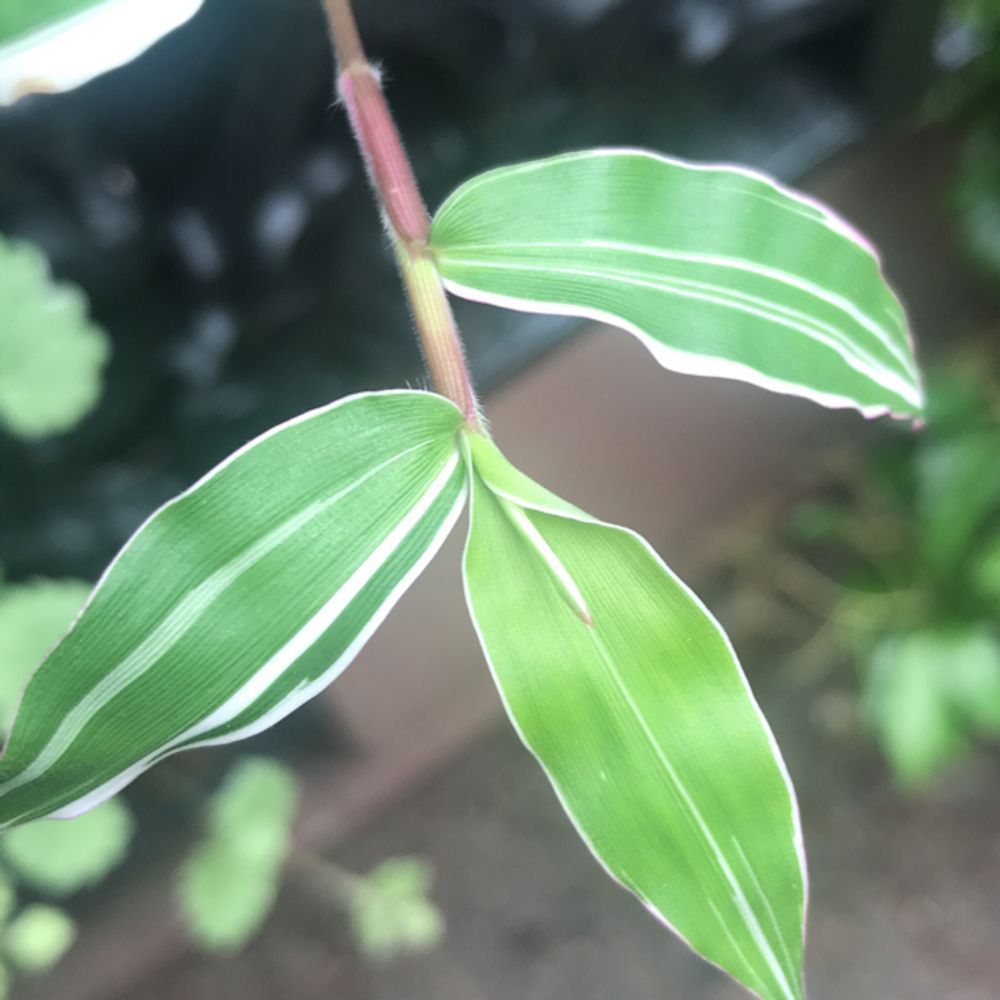Asiatic dayflower
(Commelina communis communis)

Description
Commelina communis communis, commonly known as the Asiatic dayflower or simply dayflower, is a herbaceous flowering plant belonging to the family Commelin. The Asiatic dayflower has a long history of use in traditional medicine in China and other parts of Asia. The plant is believed to have anti-inflammatory and anti-tumor properties and is used to treat a variety of ailments, including fever, inflammation, sore throat, and dysentery. The roots and leaves of the plant are used in traditional medicine, and several bioactive compounds have been identified in the plant, including flavonoids, alkaloids, and phenols. Uses in Cuisine: In addition to its medicinal properties, the Asiatic dayflower is also used as a culinary ingredient in some parts of Asia. In Japan, for example, the plant is used in tempura and in salads. The tender leaves and stems of the plant can be eaten raw or cooked, and have a slightly sweet flavor. Cultural Significance in Japan: In Japan, the Asiatic dayflower is known as tsuyukusa and has cultural significance. The plant is often used in traditional flower arrangements, particularly in the summer months, and is appreciated for its delicate blue color. The plant is also associated with the rainy season, and its flowers are said to resemble drops of rain. Invasive Potential: The Asiatic dayflower has become invasive in many areas where it has been introduced outside of its native range. The plant is able to spread rapidly and outcompete native vegetation, particularly in disturbed areas such as roadsides and waste places. In some areas, the plant is also able to form dense mats that can inhibit the growth of other plants. Control Measures: Control measures for the Asiatic dayflower include manual removal, herbicide application, and cultural practices such as mulching and hand weeding. Prevention is also important, as the plant can spread via seeds and rhizomes. Avoiding disturbed areas and not allowing the plant to go to seed can help prevent further spread. In some areas, biological control measures are also being studied, such as the introduction of natural enemies of the plant. Conclusion: Commelina communis communis, or the Asiatic dayflower, is a distinctive and attractive plant that has become invasive in many areas where it has been introduced outside of its native range. Although the plant has ecological and cultural significance, it is important to control its spread to protect native vegetation. Control measures such as manual removal, herbicide application, and cultural practices can help prevent further spread of the plant. Additionally, prevention measures such as avoiding disturbed areas and not allowing the plant to go to seed are important.
Taxonomic tree:







